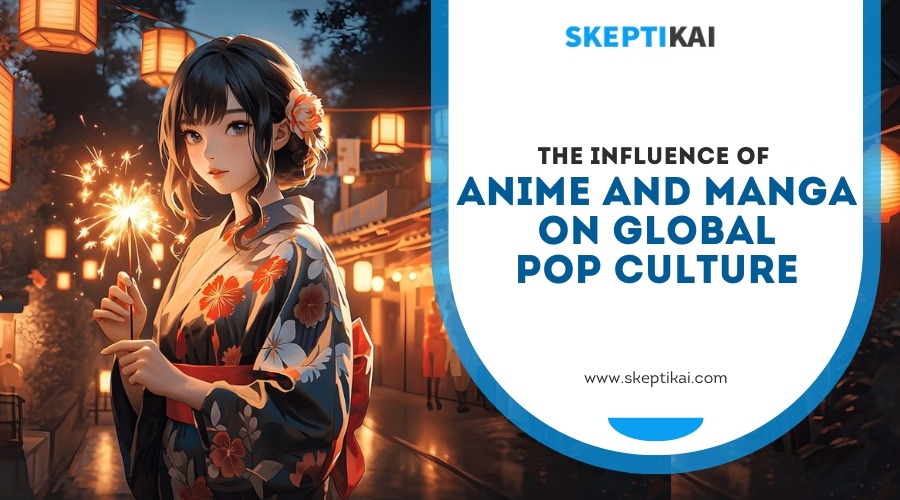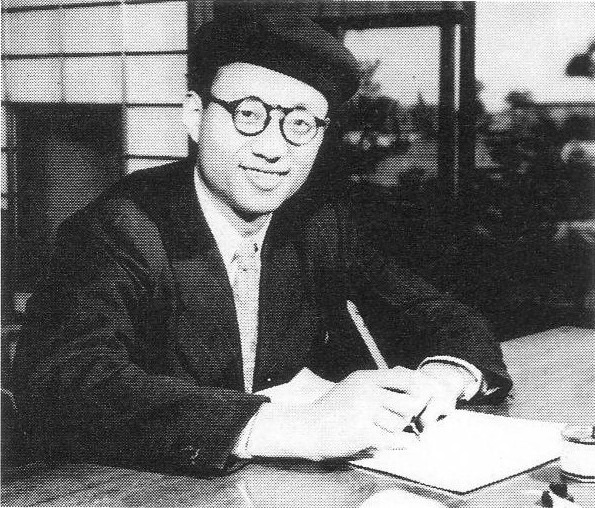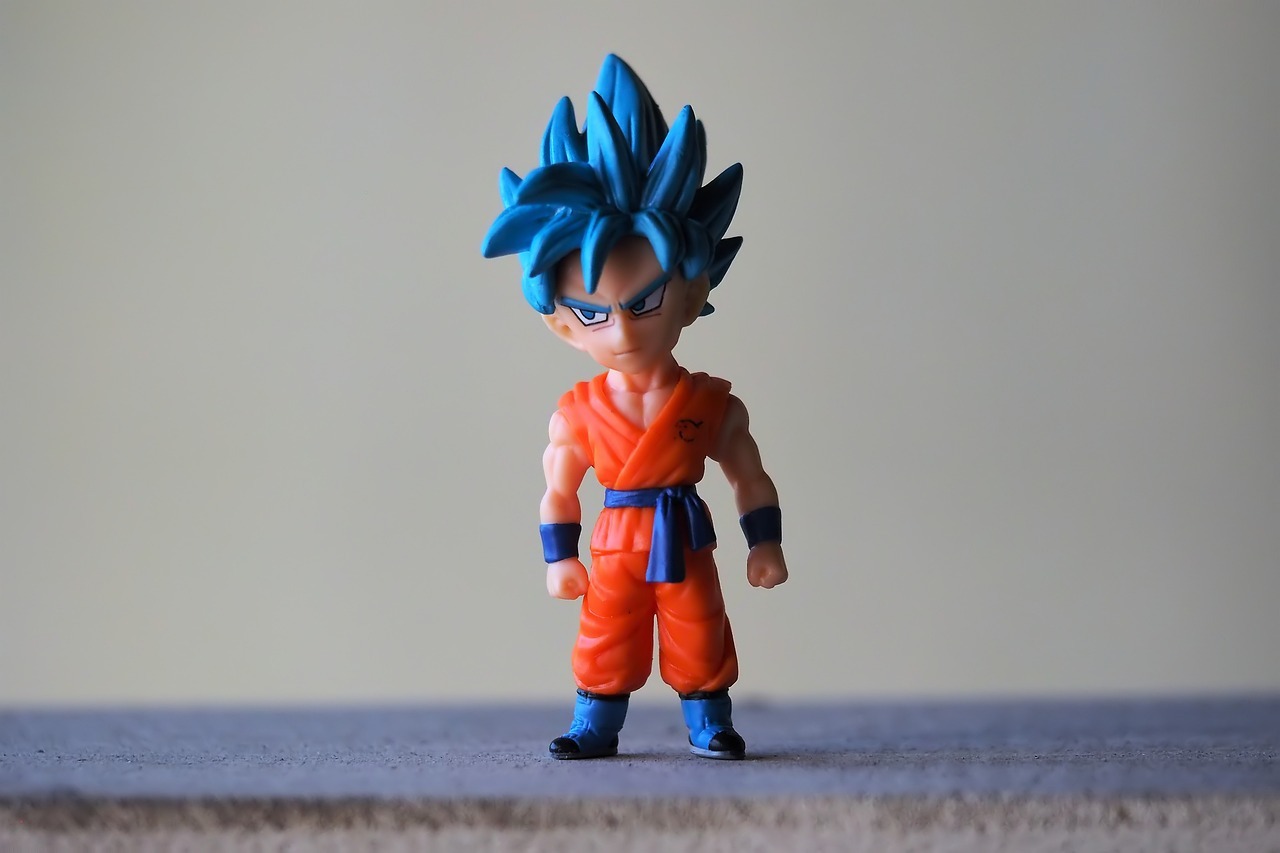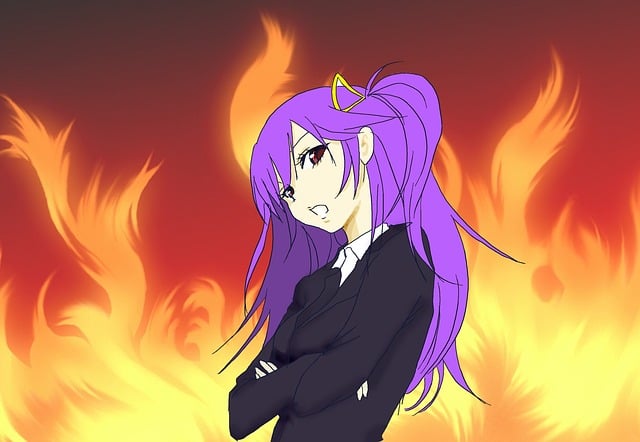As you stand on the precipice of global pop culture, it’s clear that anime and manga have carved their path through the bedrock of entertainment, shaping it in their image. You’ve seen their influence stretch from the bustling streets of Tokyo to the heart of Times Square, weaving a rich tapestry of stories that resonate with audiences across the globe.
These art forms offer a unique blend of visual and narrative styles that challenge conventional storytelling, inviting you to explore how they’ve transcended their origins to impact fashion, music, and even the cinematic world. But the journey doesn’t end here; it’s just the beginning of understanding their role in shaping our cultural landscape.
Historical Origins

Exploring the roots of anime and manga reveals their origins in post-World War II Japan, where they emerged as powerful forms of storytelling and artistic expression. In this transformative period, Japanese creators, led by visionaries like Osamu Tezuka, began to redefine the landscape of comics and animation. Tezuka, often hailed as the God of Manga, played an instrumental role in this cultural shift. His groundbreaking work, including the debut of Astro Boy in 1952, not only marked the birth of anime but also set the stage for the future of Japanese animation.
The influence of American comics on manga during the post-war era contributed significantly to its diverse storytelling and art styles. This fusion of influences ensured that manga developed a unique identity, blending Eastern and Western traditions into something entirely new. As manga flourished, it laid the foundation for anime to capture international attention. Iconic works such as ‘Akira’ and ‘Ghost in the Shell’ catapulted Japanese anime and manga onto the global stage, showcasing their wide-reaching appeal and the diverse narratives they could explore. This era of innovation and cross-cultural exchange paved the way for anime and manga to become global phenomena, transcending their origins and captivating audiences worldwide.
Visual and Narrative Styles
Anime and manga’s unique and bold art styles, featuring vibrant colors and distinctive character designs, have left an indelible mark on global pop culture. The visual and narrative styles of Japanese anime and manga aren’t just captivating; they’re transformative, reshaping how stories are told and seen around the world.
Here’s what you need to know about these styles:
- Visual Styles: The art of anime and manga is immediately recognizable. Bold colors, big expressive eyes, and fluid motion capture your imagination, setting these mediums apart from others. These iconic visual elements have influenced various forms of media globally, making anime and manga visually captivating and engaging for audiences worldwide.
- Distinctive Art Styles: The unique art styles are a significant contributor to their global appeal and recognition. It’s not just about the way characters look; it’s about how these styles convey emotion and story, making the narratives deeply immersive.
- Vibrant Colors: The use of vibrant colors in anime and manga isn’t merely aesthetic. It plays a crucial role in setting the tone, mood, and atmosphere of the story, enriching the narrative experience.
- Narrative Styles: Beyond visuals, the storytelling in anime and manga often breaks conventional boundaries. Complex characters, intricate plots, and themes that range from the whimsical to the profound demonstrate the versatility and depth of these mediums.
Together, these elements ensure Japanese anime and manga remain at the forefront of global pop culture, influencing not just what we watch but how we perceive stories and art.
Anime’s Global Reach
Having examined the distinctive visual and narrative styles of anime and manga, let’s now focus on how these mediums have achieved widespread acclaim across the globe. Anime’s global reach is undeniable, with series like Dragon Ball Z, Naruto, and One Piece becoming household names in various continents. The impact of anime on world culture is profound, resonating with audiences far beyond its Japanese origins.
Through online streaming services like Crunchyroll and Funimation, fans worldwide have unprecedented access to a vast library of anime entertainment. These platforms have played a pivotal role in anime’s international proliferation, offering content dubbed and subtitled in multiple languages to cater to a diverse audience.
| Impact | Anime | Culture |
|---|---|---|
| Global Reach | Dragon Ball Z | Worldwide Recognition |
| Entertainment | Online Streaming | Crunchyroll, Funimation |
| Community | Anime Conventions | Cosplay, Merchandise |
Anime conventions and events such as Comic-Con further illustrate anime’s influence, drawing fans from all corners of the globe. These gatherings are a testament to the vibrant communities formed around the love for anime, showcasing the significance of anime in global pop culture.
Manga’s Artistic Influence
Manga’s unique art styles, from their bold colors to distinctive character designs, have left a lasting mark on various forms of global media. You’ve probably noticed how the vibrant lines and big eyes characteristic of Japanese manga and anime art styles have infiltrated more than just comic books and TV shows. These unique art forms have significantly influenced global art and design trends, making their mark in unexpected places.
Here’s how manga’s artistic influence has spread:
- Fashion and Apparel: Designers often integrate manga and anime aesthetics into clothing lines, using bold colors and graphics that echo the artistry of manga-ka.
- Video Games: Many video games adopt the visually engaging aesthetics of manga, from character designs to storytelling elements, enriching gaming experiences worldwide.
- Graphic Novels: Non-Japanese artists frequently draw inspiration from manga’s art styles, incorporating big eyes and expressive characters into their works.
- Pop Art: Manga and anime have left their imprint on art history, influencing modern pop art with their distinctive styles and themes.
The distinctiveness of anime and manga art styles plays a crucial role in their global appeal and recognition, proving that manga’s artistic influence extends far beyond its original medium.
Iconic Characters and Themes
Beyond the vibrant lines and unique art styles, iconic characters like Goku and Pikachu symbolize the profound impact of anime and manga on global pop culture. These figures, alongside Tezuka’s Astro Boy and the whimsical casts of various Studio Ghibli films, haven’t only captured hearts but have also become emblems of manga culture’s reach and influence. The themes they navigate—friendship, perseverance, and self-discovery—resonate deeply with audiences around the world, propelling the impact of anime from niche circles to mainstream global trends.
Dragon Ball Z, for instance, has transcended its original medium, inspiring not just other creators across entertainment industries but also fostering a sense of community at events like Anime Expo. Here, fans from all corners of the globe gather, united by their love for these stories and characters. This collective enthusiasm underscores how anime and manga have evolved from their humble beginnings to pillars of pop culture, shaping and reflecting global trends. Through their compelling narratives and iconic figures, they continue to inspire, entertain, and bring people together, highlighting the universal appeal of these Japanese art forms.
Fashion and Merchandising Trends
Anime and manga’s influence extends to global fashion trends, inspiring outfits and accessories that fans eagerly incorporate into their wardrobes. This phenomenon isn’t just about dressing up; it’s a vibrant expression of culture and identity that resonates with people worldwide. Here’s how this influence manifests:
- Fashion Trends: Anime and manga characters’ signature styles are often seen in everyday fashion, from casual streetwear to more elaborate cosplay outfits. These elements have seamlessly integrated into global fashion scenes, influencing even those unfamiliar with their origins.
- Merchandising: The demand for authentic anime and manga merchandise has skyrocketed. From t-shirts and hoodies to elaborate accessories, fans are always on the lookout for items that showcase their favorite characters and series.
- Collaboration: High-profile collaborations between renowned fashion brands and anime or manga franchises have led to unique collections. These limited-edition lines blend pop culture with high fashion, appealing to a wide audience.
- Conventions and Runway Shows: Pop culture conventions and even some runway shows have witnessed the incorporation of anime and manga-inspired looks. These events serve as platforms for fans to showcase their love for the genre, often blurring the lines between fashion, fandom, and art.
Through these avenues, anime and manga continue to leave a lasting impression on global fashion and merchandising trends.
Impact on Western Media
The vast influence of anime and manga has significantly shaped Western media, from blockbuster films to innovative storytelling techniques. When you look at successful adaptations like ‘Ghost in the Shell’ and ‘Akira,’ it’s clear that Japanese animation hasn’t just been imported into the West; it’s been embraced, leading to a blend of cultural storytelling and art styles. This melding of influences isn’t a one-way street, either.
Western media, influenced by the distinctive narrative structures and visual flair of anime and manga, has seen a surge in creativity and exploration of new visual styles and storytelling techniques. Collaboration between Western and Japanese creators has sparked unique and innovative projects that stand out in the entertainment industry. These partnerships have led to a richer, more diverse media landscape, where the exchange of ideas and aesthetics has fostered global recognition of Japanese cultural elements.
Anime and manga have inspired Western filmmakers, writers, and artists to push the envelope, experimenting with and incorporating these influences into their work. This cross-pollination hasn’t only broadened the horizons of Western media but also brought global audiences closer to Japanese culture.
Fandom and Community Growth
With the global expansion of anime and manga, dedicated communities have rapidly grown, engaging fans in a myriad of activities from conventions to fan fiction. These communities aren’t just groups of fans; they’re vibrant, interactive spaces where you can share your passion and creativity. Events like Comic-Con and Anime Expo are just the tip of the iceberg, showcasing the dynamic culture that thrives around anime and manga.
Here’s what you’ll find in these communities:
- Conventions: From small local meet-ups to international events, conventions are where you can immerse yourself in the world of anime and manga. They’re a place to meet others who share your interests, participate in cosplay, and experience the community firsthand.
- Fan Art and Fan Fiction: These creative outlets allow you to express your love for your favorite characters and stories. They’re a testament to the creativity and talent within the community.
- Cosplay: More than just dressing up, cosplay is a form of expression and appreciation for the art of anime and manga. It’s a way to bring characters to life and connect with others who recognize your passion.
- Social Media: Online platforms have transformed the way fans connect, share, and discuss their favorite series. They’ve made the community more accessible, allowing for a global conversation.
The sense of community among anime and manga fans is unparalleled, fostered by shared passions and creative expressions.
Technological Advancements
As technology has advanced, so too has the anime and manga industry, offering fans enhanced visuals and more immersive storytelling experiences. The leap in animation quality is staggering, with CGI bringing a level of realism and fluidity to characters and worlds that was once unimaginable. This isn’t just about making things look better; it’s about creating stories that pull you in deeper, making every battle more thrilling and every emotional moment more poignant.
Virtual reality (VR) and augmented reality (AR) have introduced a new frontier for anime and manga, transforming passive viewing into an interactive experience. Imagine stepping into your favorite anime world, interacting with characters, or influencing the story. It’s no longer a distant dream but an evolving reality, thanks to these technologies.
The revolution doesn’t stop at how content is created; it extends to how it’s consumed. Online streaming platforms have made anime and manga accessible worldwide, breaking down geographical barriers. Meanwhile, mobile applications and digital platforms ensure you’re never too far from your next anime fix, allowing for on-the-go engagement and fostering a globally connected community. These advancements aren’t just changing the game; they’re redefining it.
Future of Anime and Manga
Looking ahead, anime and manga’s future shines brightly, driven by technological innovations and expanding global interest. You’re about to witness a transformation in how stories are told, with the integration of cutting-edge technology enhancing every aspect of anime and manga. Here’s what you can expect:
- Innovative Storytelling: Creators will leverage technological advancements to tell stories in ways that have never been seen before. Expect narratives that push the boundaries of imagination, incorporating elements of virtual reality (VR) and augmented reality (AR) to create immersive experiences.
- Global Markets: Anime and manga will continue to break geographical barriers, reaching global markets with ease. Streaming platforms will play a pivotal role, making it easier for you to access content from anywhere in the world.
- Cross-Cultural Storytelling: Collaborations between Japanese creators and international studios will introduce unique, cross-cultural storytelling. This fusion of ideas will enrich anime and manga, offering fresh perspectives and diverse narratives.
- Fan Engagement: Your voice matters more than ever. Social media and online communities will influence the direction of future projects, ensuring that fan engagement plays a crucial role in the development of anime and manga.
With these elements in play, the future of anime and manga isn’t just promising—it’s a thrilling frontier of endless possibilities.
Conclusion
You’ve seen how anime and manga have transformed global pop culture, from their roots in Japan to their worldwide acclaim. Their unique visual styles, compelling stories, and iconic characters haven’t only shaped entertainment but also influenced fashion, music, and film.
As technology advances and communities grow, the future of anime and manga looks brighter than ever. You’re part of a global fanbase, witnessing an ever-evolving cultural phenomenon that continues to captivate hearts and imaginations across the globe.



